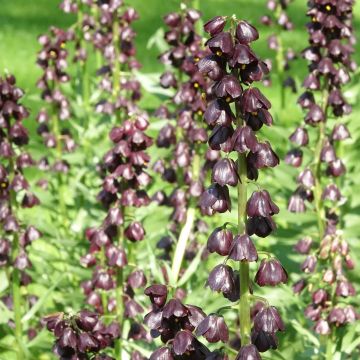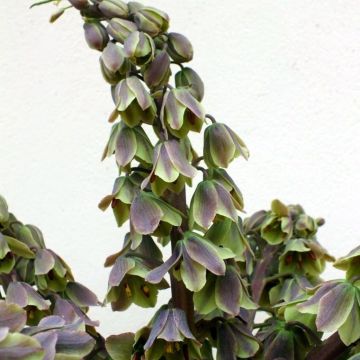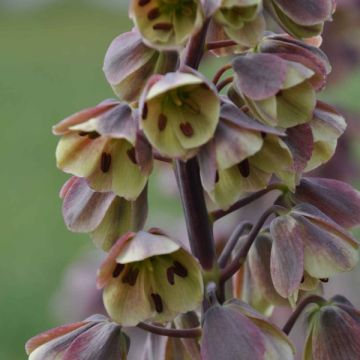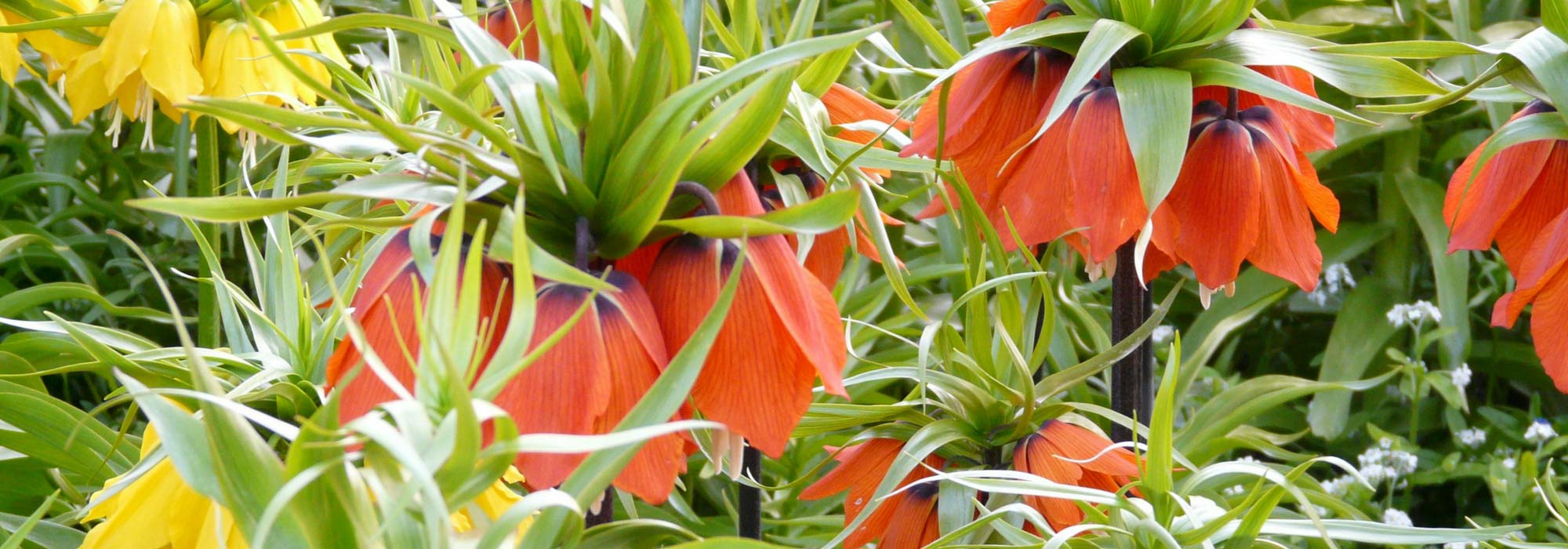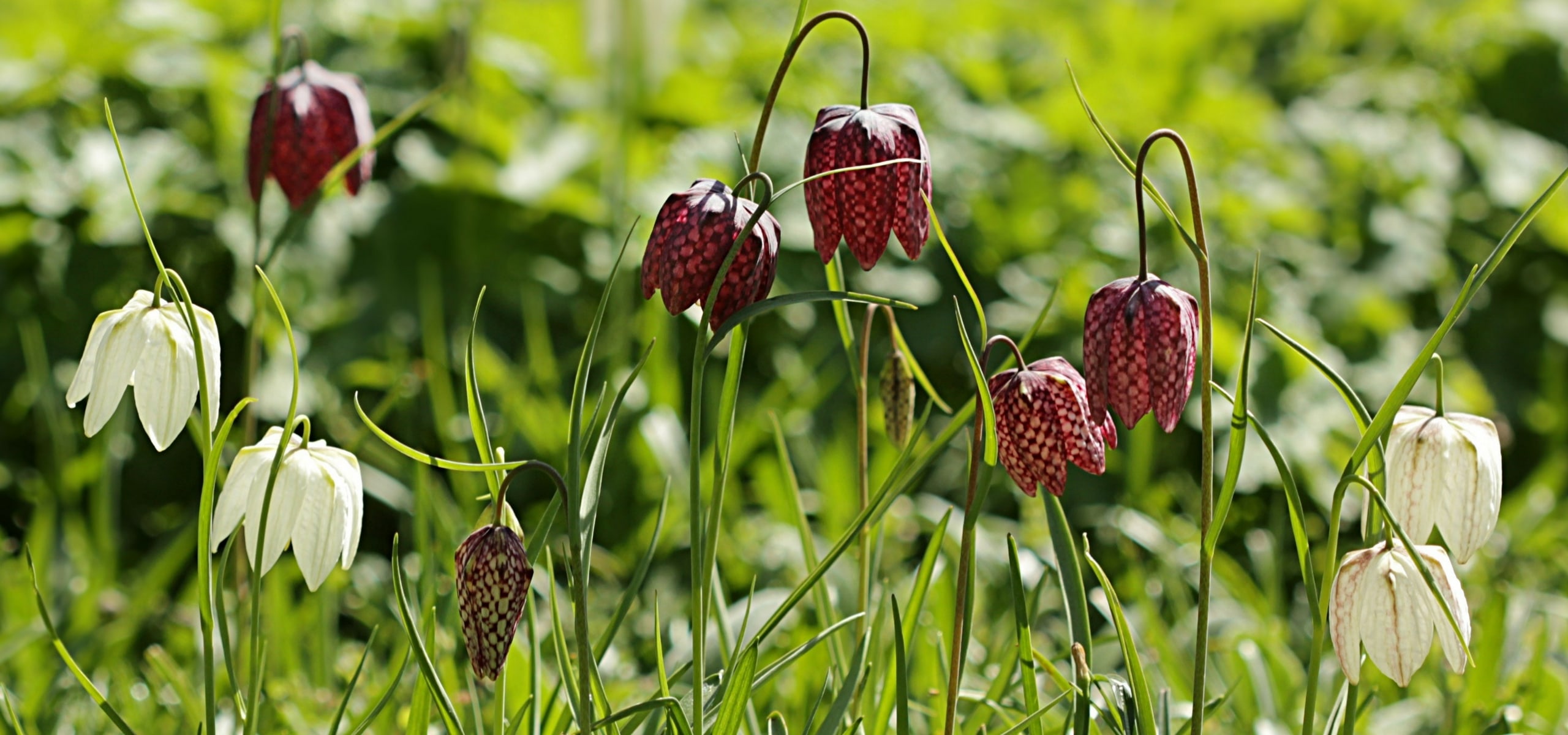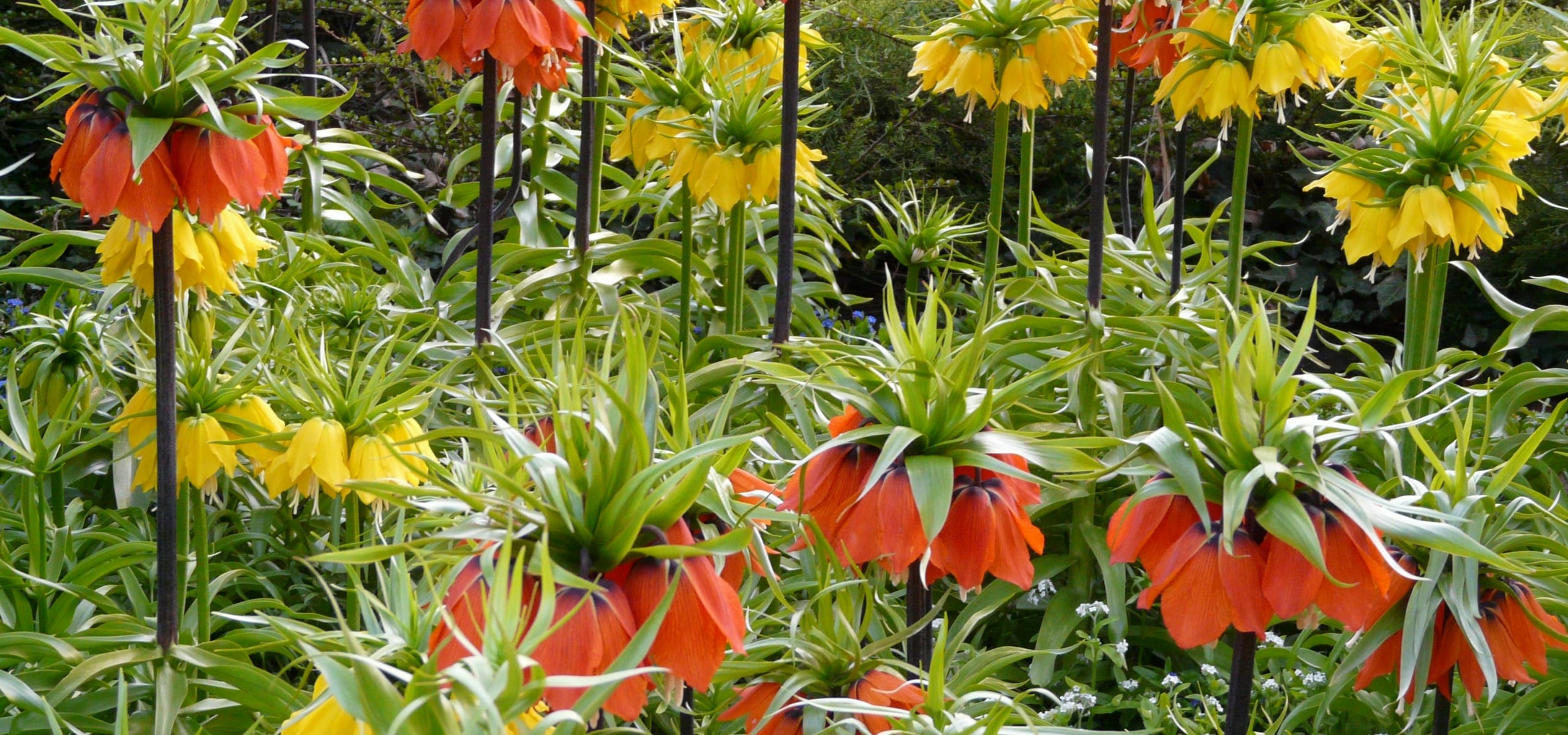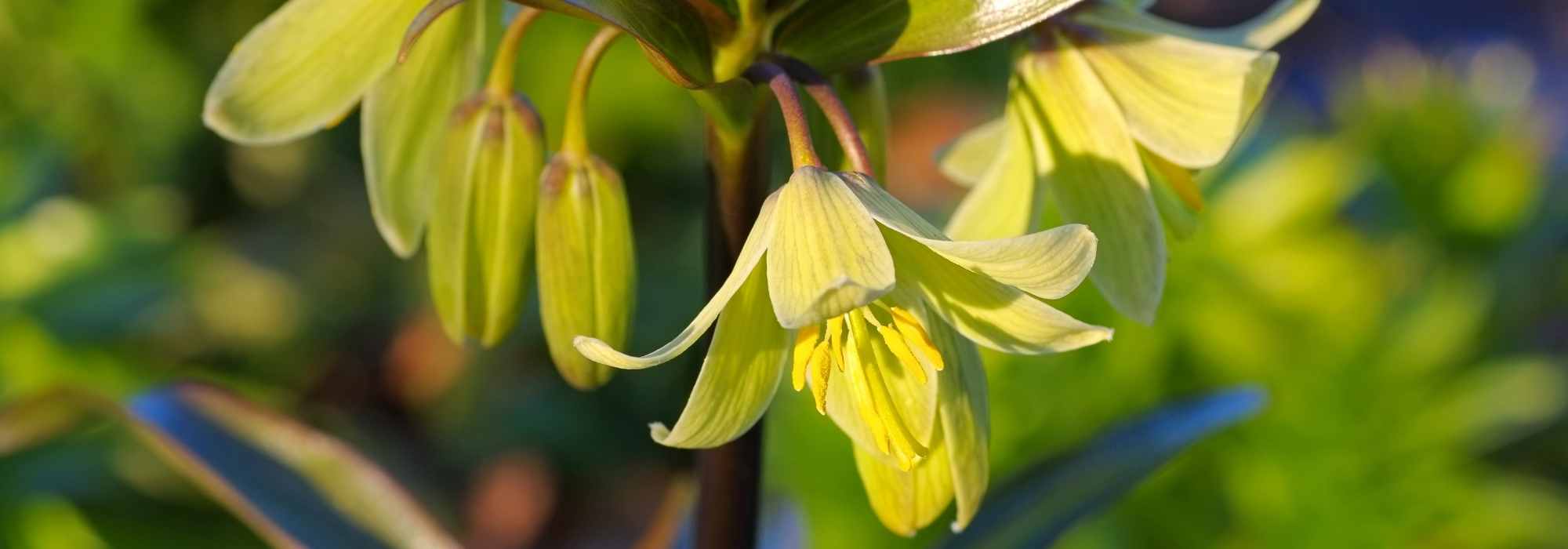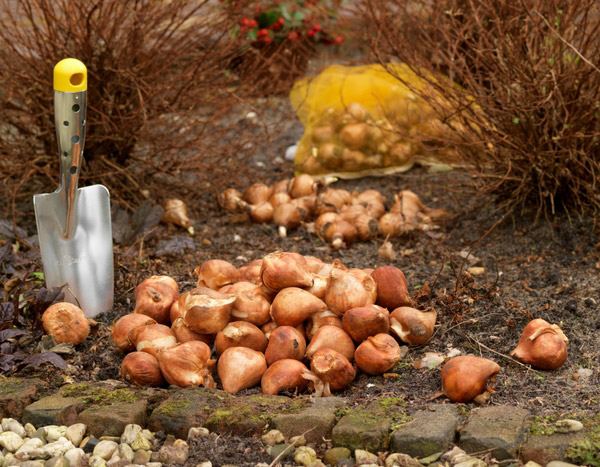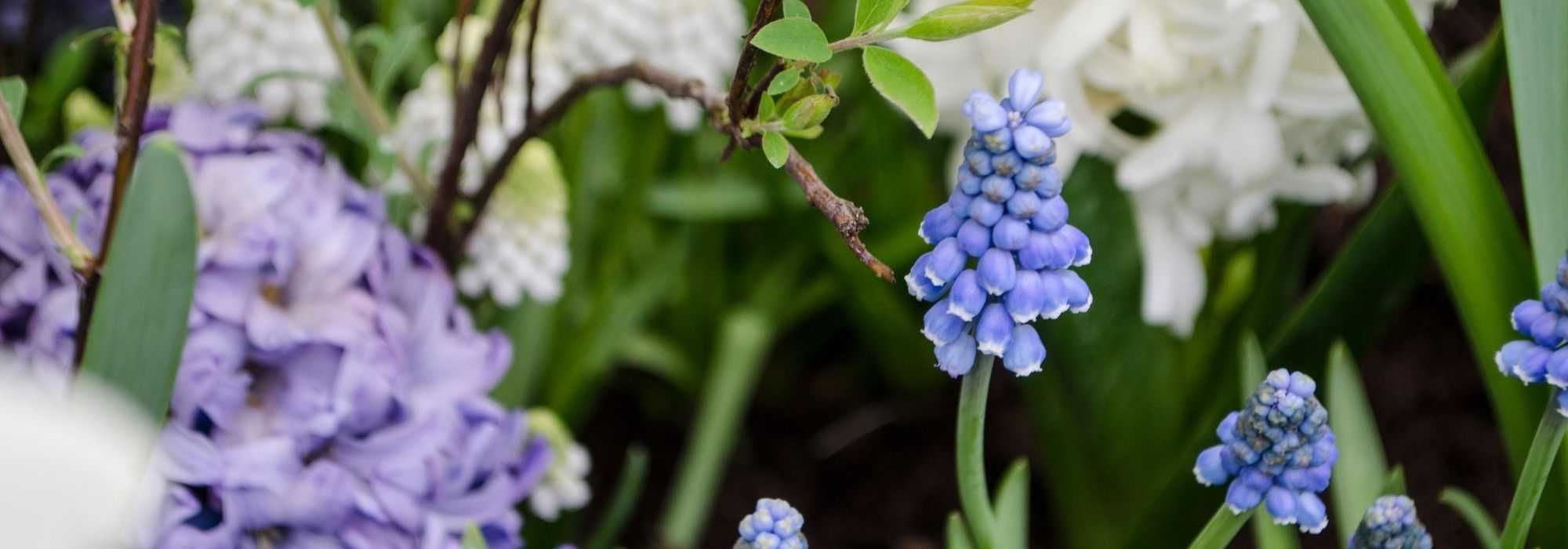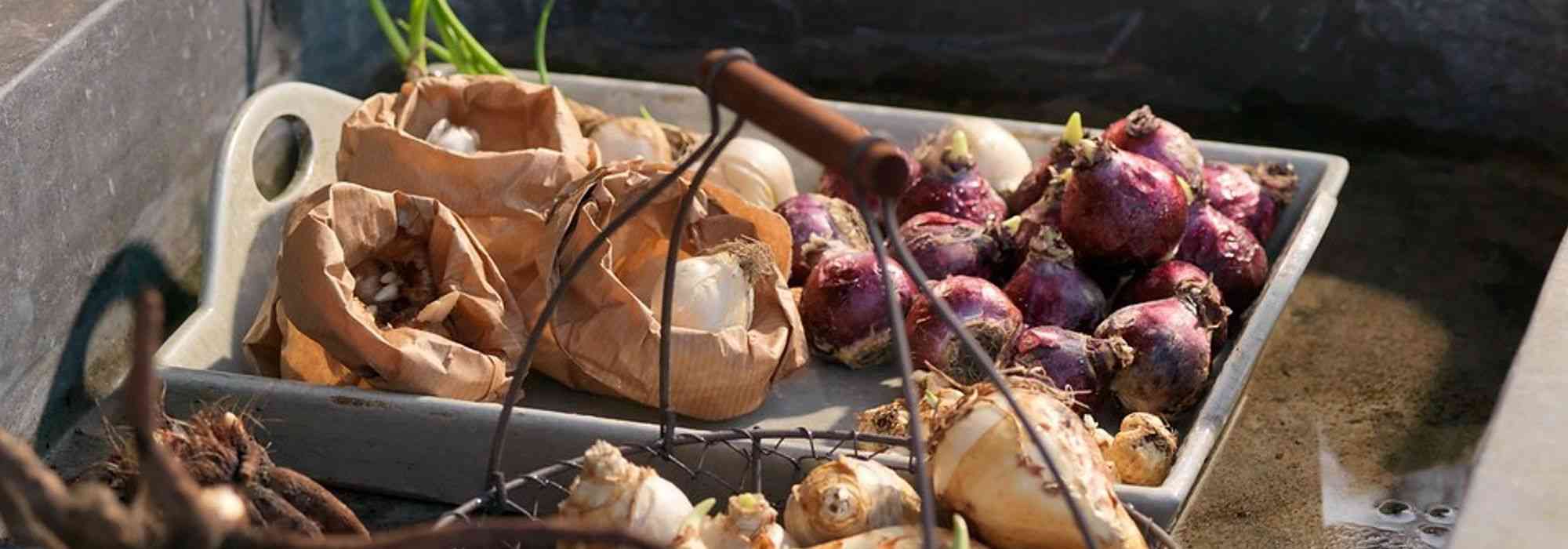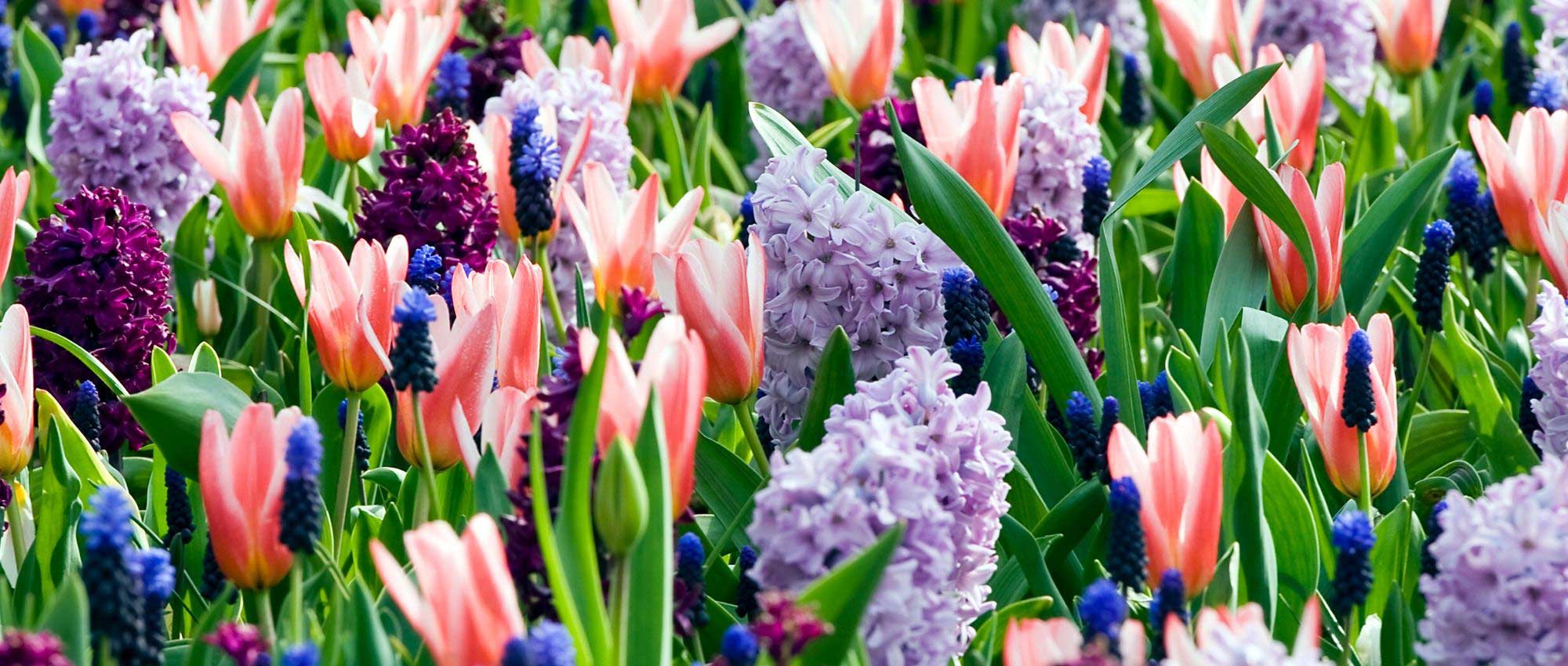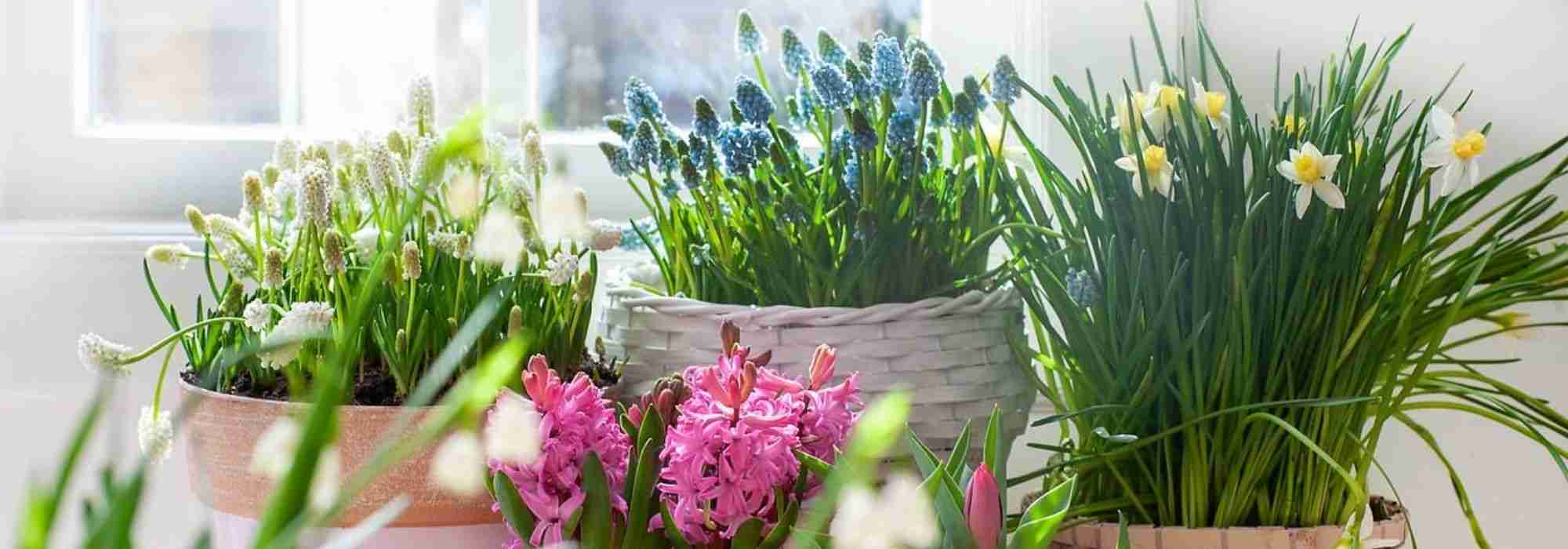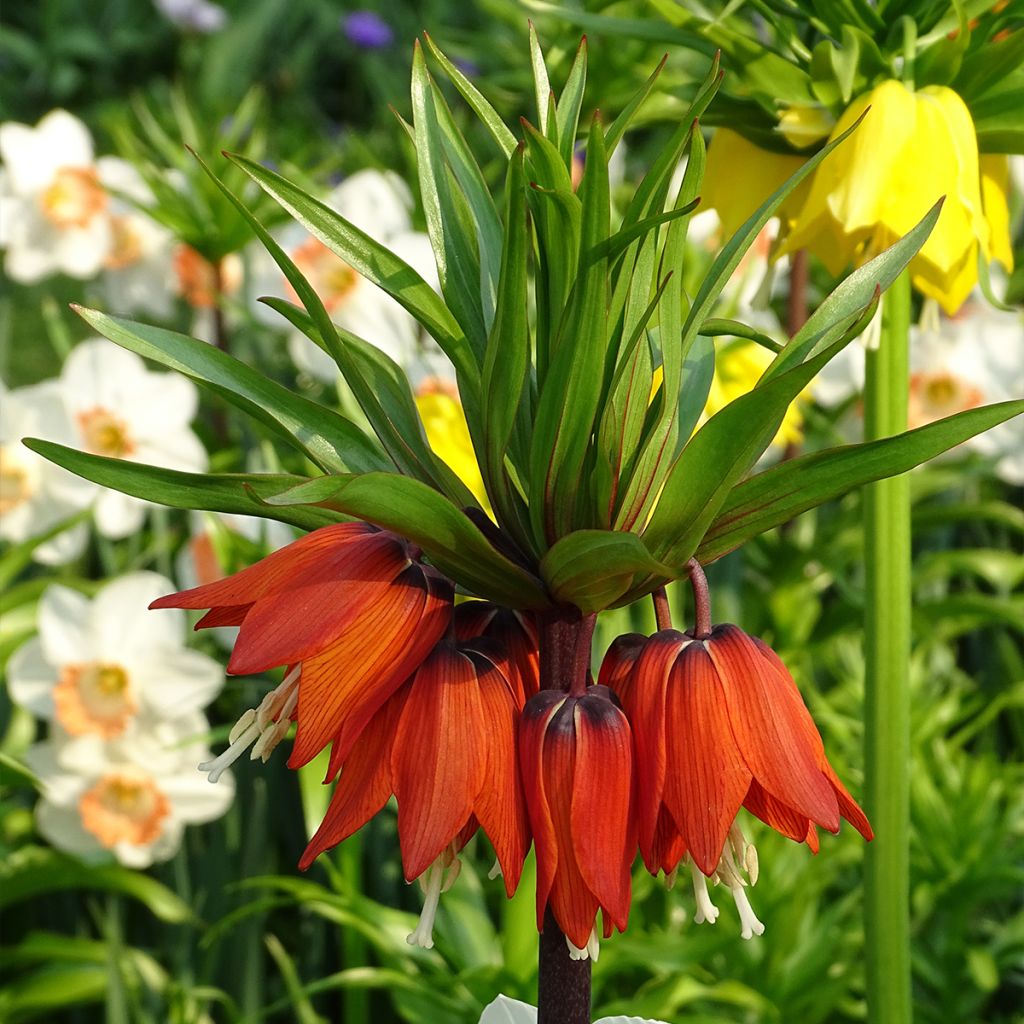

Fritillaria imperialis Rubra
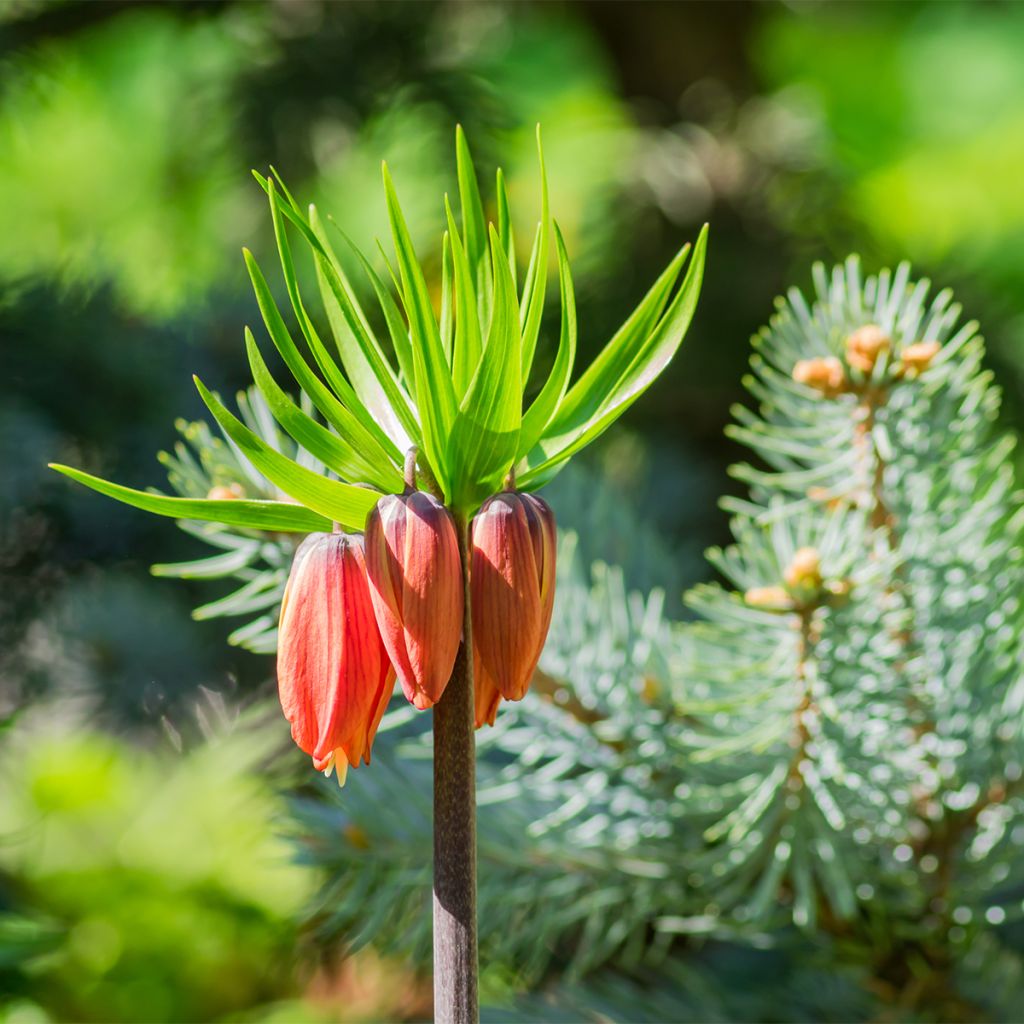

Fritillaria imperialis Rubra
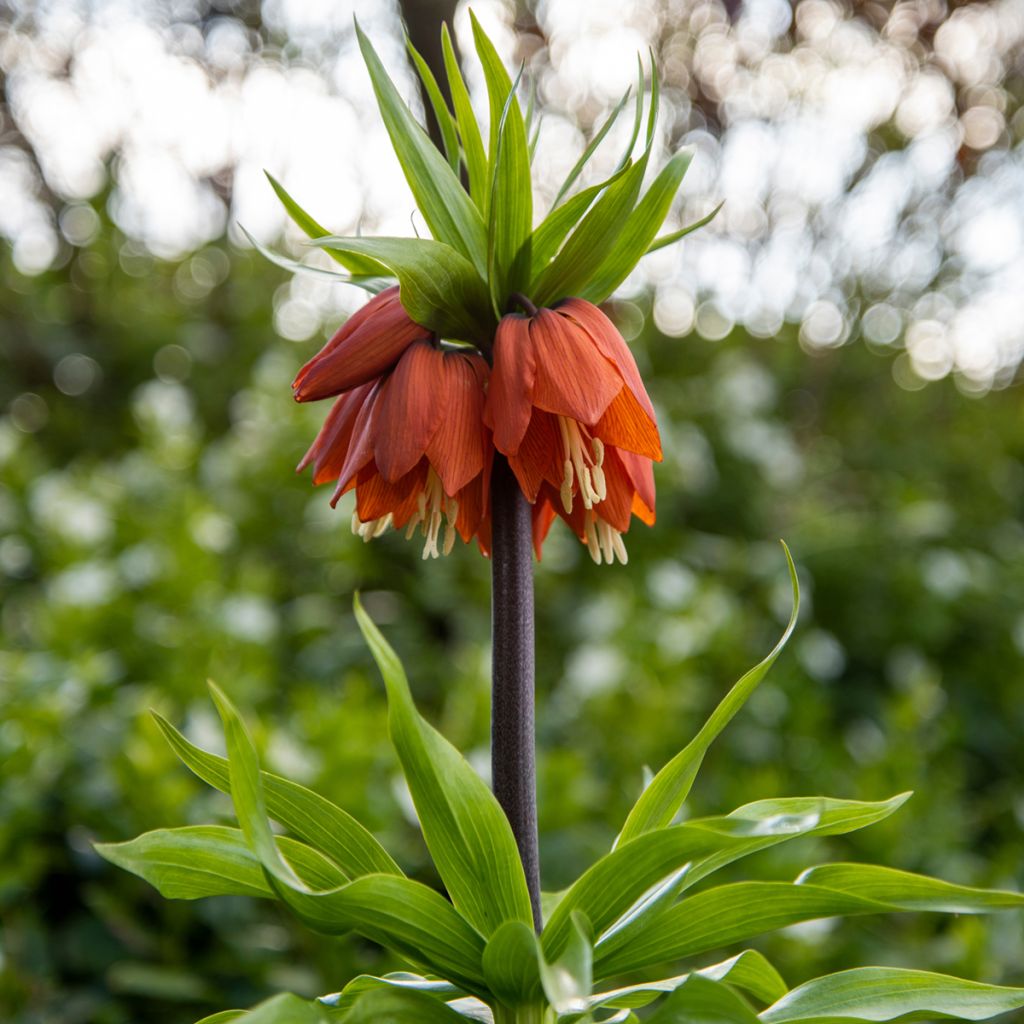

Fritillaria imperialis Rubra
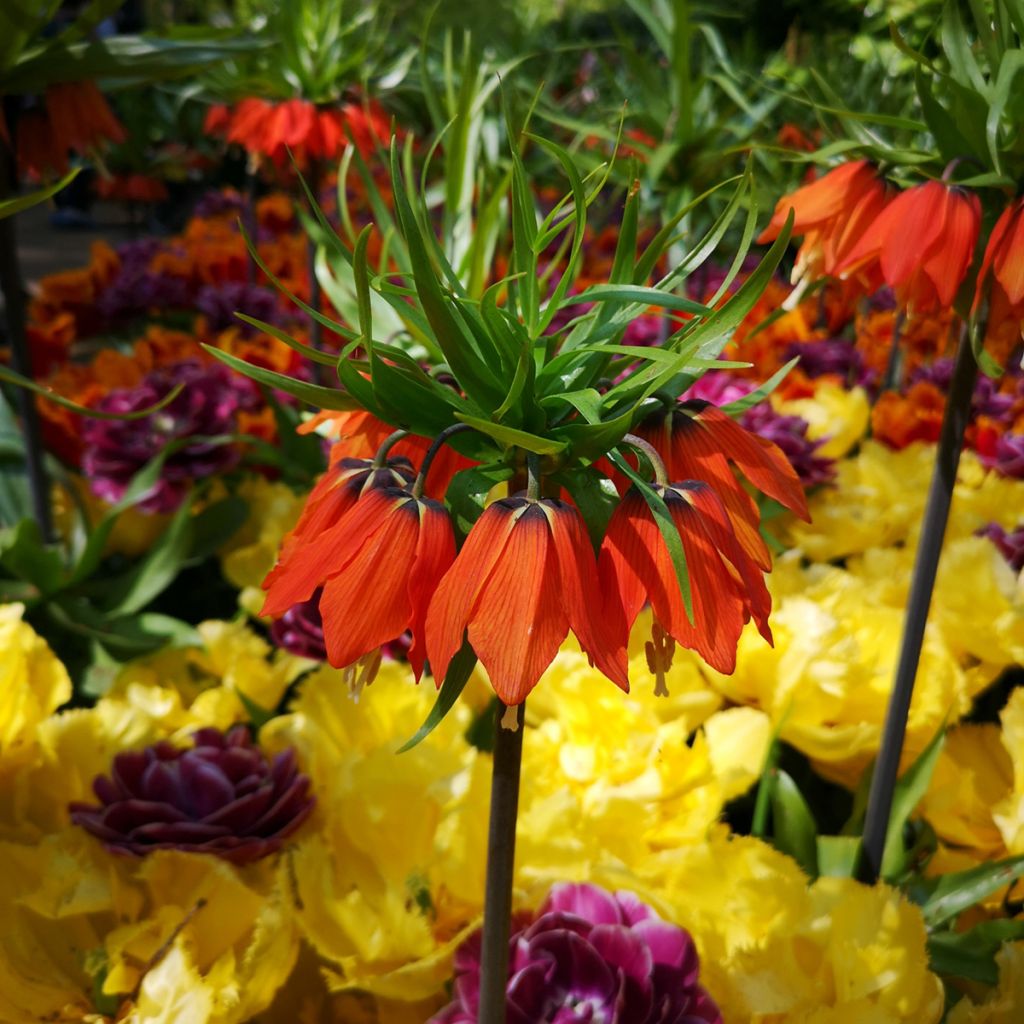

Fritillaria imperialis Rubra
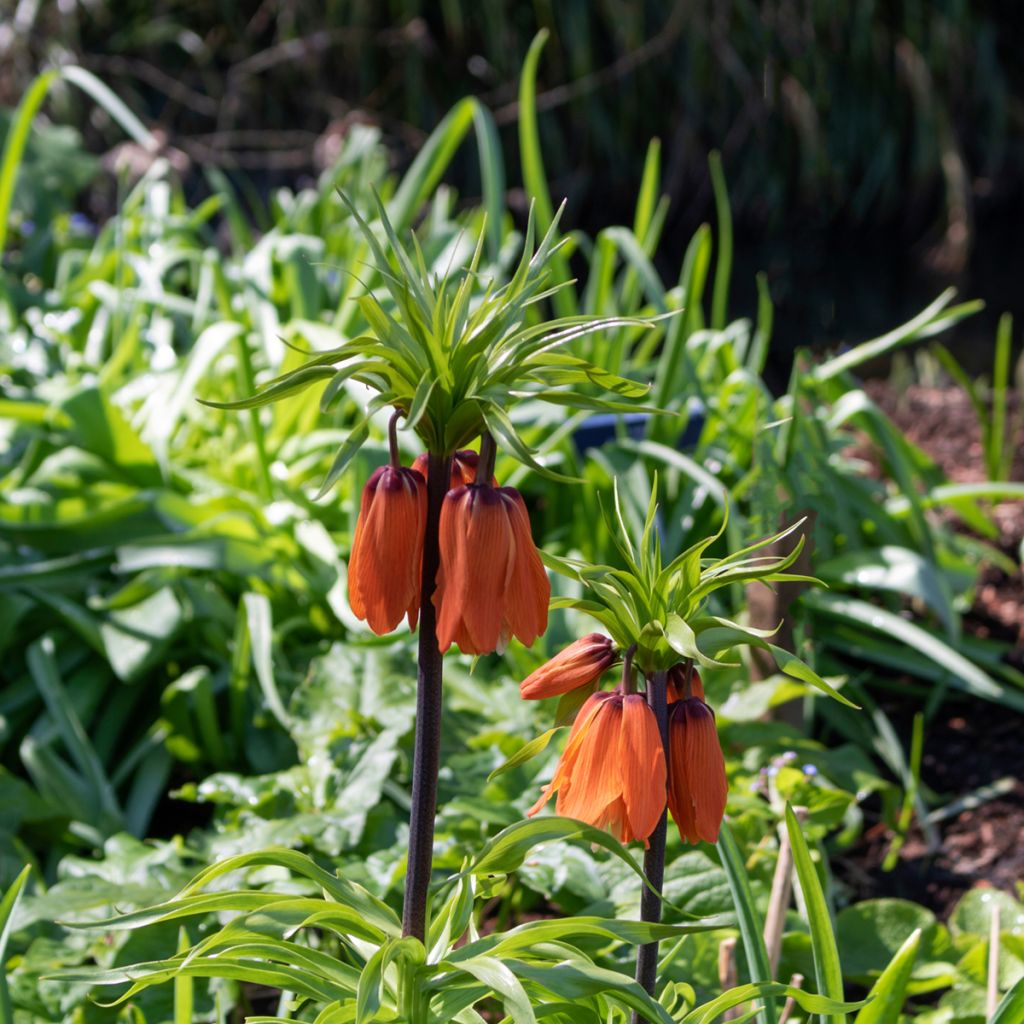

Fritillaria imperialis Rubra
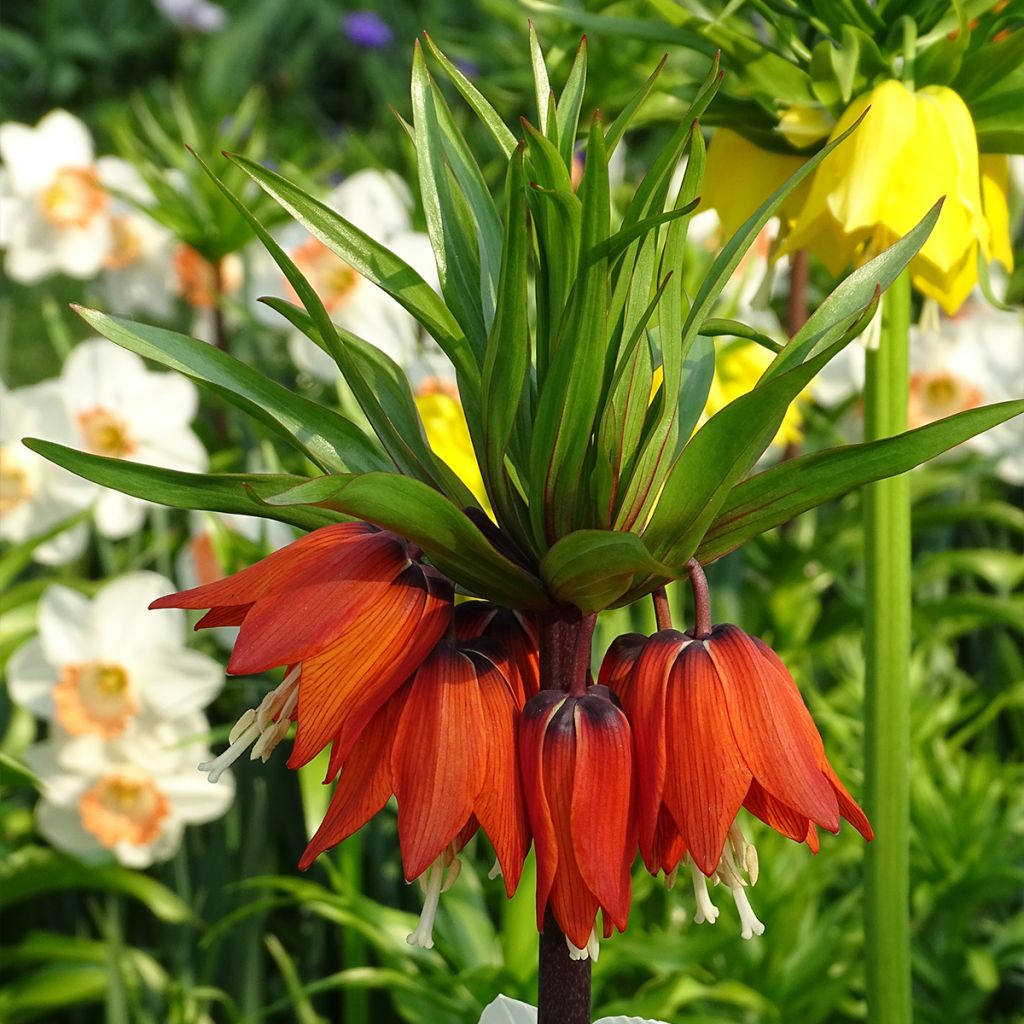

Fritillaria imperialis Rubra
Fritillaria imperialis Rubra
Fritillaria imperialis Rubra
Crown Imperial
I bought 3 young plant bulbs on sale at the beginning of December and I planted them as soon as I received them. All three have sprouted, but they are weak. Maybe because they were planted too late? I hope they will do better next year." Revised translation: "I purchased 3 young plant bulbs on sale at the start of December and planted them as soon as I received them. All three have sprouted, but they are underdeveloped. Perhaps it's because they were planted too late? I hope they will thrive better next year.
Nelli, 12/04/2023
Special offer!
Receive a €20 voucher for any order over €90 (excluding delivery costs, credit notes, and plastic-free options)!
1- Add your favorite plants to your cart.
2- Once you have reached €90, confirm your order (you can even choose the delivery date!).
3- As soon as your order is shipped, you will receive an email containing your voucher code, valid for 3 months (90 days).
Your voucher is unique and can only be used once, for any order with a minimum value of €20, excluding delivery costs.
Can be combined with other current offers, non-divisible and non-refundable.
Why not try an alternative variety in stock?
View all →This plant carries a 6 months recovery warranty
More information
We guarantee the quality of our plants for a full growing cycle, and will replace at our expense any plant that fails to recover under normal climatic and planting conditions.

Would this plant suit my garden?
Set up your Plantfit profile →
Description
Fritillaria imperialis 'Rubra' produces 5 large bell-shaped flowers at the end of a long, straight stem. Its lovely red-orange flowers are delicately veined. They bloom in whorls and are crowned with upright green leaves. This arrangement gives it the name of the imperial crown.
This bulbous perennial is a variety derived from a cold-resistant and tolerant species of fritillary. It is completely hardy when planted in well-drained soil in a warm, sunny location. These plants are magnificent! Their atypical silhouette attracts all eyes. Use them to add height to your beds or to fill a rockery. You can also grow them in pots to enjoy them on a patio.
It is toxic. The bulb releases an unpleasant odour that repels rodents, but this odour is not noticeable once the bulb is planted.
In the past, the imperial crown was called "tears of Mary." Its Persian name means "the flower that weeps" because the fritillary has nectaries in the centre of its petals that produce large drops of nectar.
Fritillaria imperialis Rubra in pictures
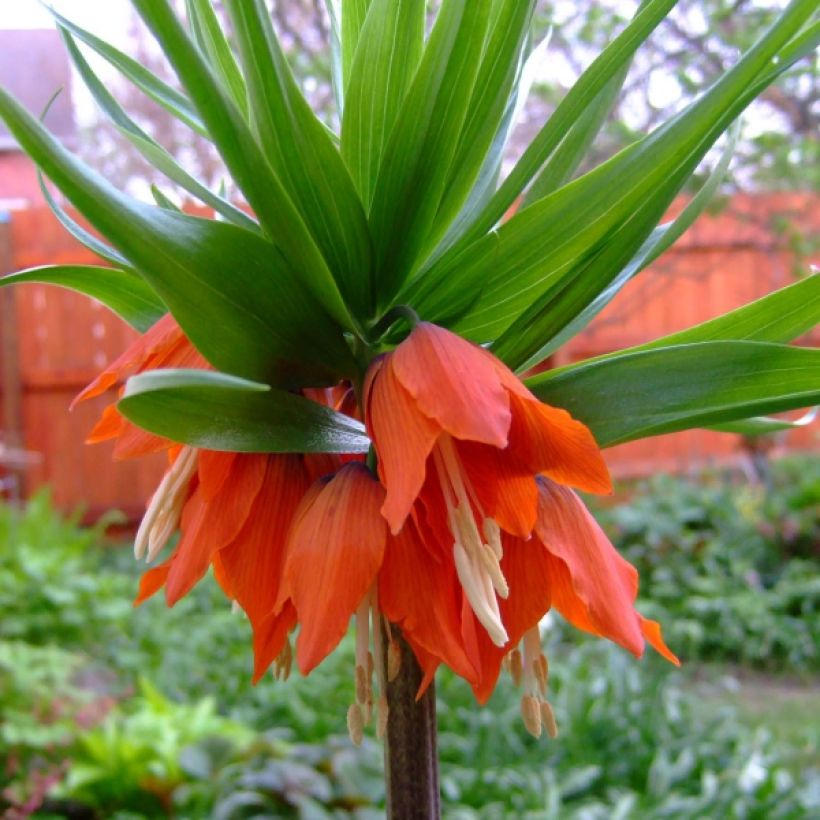

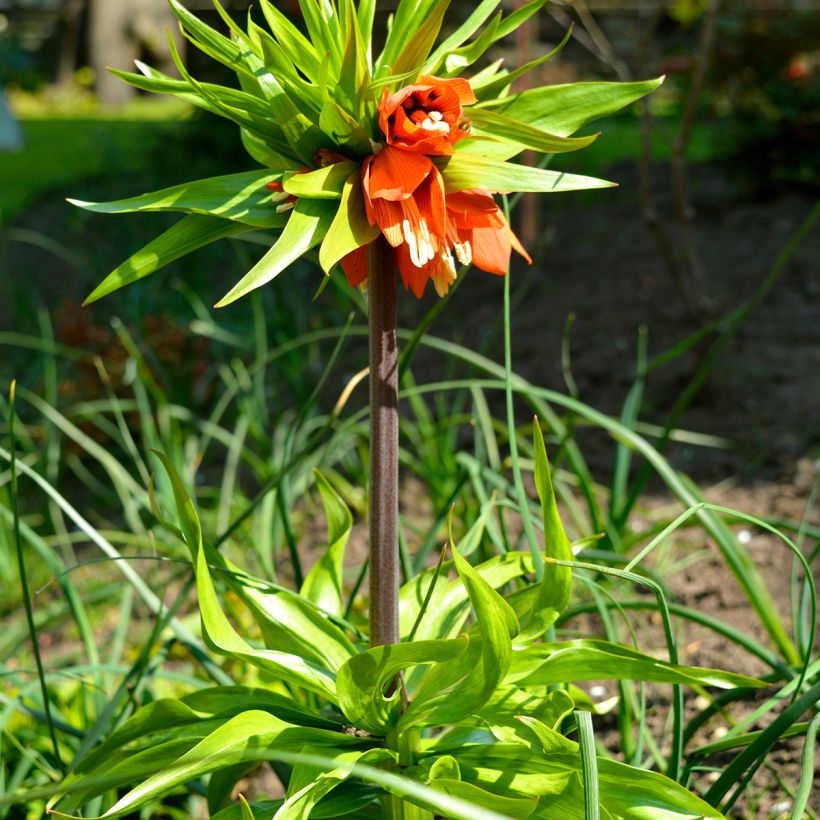

Plant habit
Flowering
Foliage
Botanical data
Fritillaria
imperialis
Rubra
Liliaceae
Crown Imperial
Fritillaria imperialis ‘Rubra Maxima’, Imperialis comosa, Petilium imperiale
Cultivar or hybrid
Planting and care
Fritillaria imperialis 'Rubra' thrives in full sun. It needs light but not necessarily direct sunlight. It ideally thrives in a continental climate where winters and summers are dry and springs are humid. Plant it in fertile and well-drained soil. Avoid heavy soil to prevent the appearance of fungi. If drainage is insufficient, the fritillary may rot. Plant it from September to October by adding sand, gravel, or pumice to the planting hole. Place the bulb at a depth of 20cm (8in). In winter, we recommend mulching the fritillary. Remove faded flowers if you do not want them to self-seed. Do not water your fritillaries in summer and winter. If the soil is too dry in spring, lightly water to initiate bulb growth, but without excess.
Planting period
Intended location
Care
Planting & care advice
-
, onOrder confirmed
Reply from on Promesse de fleurs
Haven't found what you were looking for?
Hardiness is the lowest winter temperature a plant can endure without suffering serious damage or even dying. However, hardiness is affected by location (a sheltered area, such as a patio), protection (winter cover) and soil type (hardiness is improved by well-drained soil).

Photo Sharing Terms & Conditions
In order to encourage gardeners to interact and share their experiences, Promesse de fleurs offers various media enabling content to be uploaded onto its Site - in particular via the ‘Photo sharing’ module.
The User agrees to refrain from:
- Posting any content that is illegal, prejudicial, insulting, racist, inciteful to hatred, revisionist, contrary to public decency, that infringes on privacy or on the privacy rights of third parties, in particular the publicity rights of persons and goods, intellectual property rights, or the right to privacy.
- Submitting content on behalf of a third party;
- Impersonate the identity of a third party and/or publish any personal information about a third party;
In general, the User undertakes to refrain from any unethical behaviour.
All Content (in particular text, comments, files, images, photos, videos, creative works, etc.), which may be subject to property or intellectual property rights, image or other private rights, shall remain the property of the User, subject to the limited rights granted by the terms of the licence granted by Promesse de fleurs as stated below. Users are at liberty to publish or not to publish such Content on the Site, notably via the ‘Photo Sharing’ facility, and accept that this Content shall be made public and freely accessible, notably on the Internet.
Users further acknowledge, undertake to have ,and guarantee that they hold all necessary rights and permissions to publish such material on the Site, in particular with regard to the legislation in force pertaining to any privacy, property, intellectual property, image, or contractual rights, or rights of any other nature. By publishing such Content on the Site, Users acknowledge accepting full liability as publishers of the Content within the meaning of the law, and grant Promesse de fleurs, free of charge, an inclusive, worldwide licence for the said Content for the entire duration of its publication, including all reproduction, representation, up/downloading, displaying, performing, transmission, and storage rights.
Users also grant permission for their name to be linked to the Content and accept that this link may not always be made available.
By engaging in posting material, Users consent to their Content becoming automatically accessible on the Internet, in particular on other sites and/or blogs and/or web pages of the Promesse de fleurs site, including in particular social pages and the Promesse de fleurs catalogue.
Users may secure the removal of entrusted content free of charge by issuing a simple request via our contact form.
The flowering period indicated on our website applies to countries and regions located in USDA zone 8 (France, the United Kingdom, Ireland, the Netherlands, etc.)
It will vary according to where you live:
- In zones 9 to 10 (Italy, Spain, Greece, etc.), flowering will occur about 2 to 4 weeks earlier.
- In zones 6 to 7 (Germany, Poland, Slovenia, and lower mountainous regions), flowering will be delayed by 2 to 3 weeks.
- In zone 5 (Central Europe, Scandinavia), blooming will be delayed by 3 to 5 weeks.
In temperate climates, pruning of spring-flowering shrubs (forsythia, spireas, etc.) should be done just after flowering.
Pruning of summer-flowering shrubs (Indian Lilac, Perovskia, etc.) can be done in winter or spring.
In cold regions as well as with frost-sensitive plants, avoid pruning too early when severe frosts may still occur.
The planting period indicated on our website applies to countries and regions located in USDA zone 8 (France, United Kingdom, Ireland, Netherlands).
It will vary according to where you live:
- In Mediterranean zones (Marseille, Madrid, Milan, etc.), autumn and winter are the best planting periods.
- In continental zones (Strasbourg, Munich, Vienna, etc.), delay planting by 2 to 3 weeks in spring and bring it forward by 2 to 4 weeks in autumn.
- In mountainous regions (the Alps, Pyrenees, Carpathians, etc.), it is best to plant in late spring (May-June) or late summer (August-September).
The harvesting period indicated on our website applies to countries and regions in USDA zone 8 (France, England, Ireland, the Netherlands).
In colder areas (Scandinavia, Poland, Austria...) fruit and vegetable harvests are likely to be delayed by 3-4 weeks.
In warmer areas (Italy, Spain, Greece, etc.), harvesting will probably take place earlier, depending on weather conditions.
The sowing periods indicated on our website apply to countries and regions within USDA Zone 8 (France, UK, Ireland, Netherlands).
In colder areas (Scandinavia, Poland, Austria...), delay any outdoor sowing by 3-4 weeks, or sow under glass.
In warmer climes (Italy, Spain, Greece, etc.), bring outdoor sowing forward by a few weeks.






























